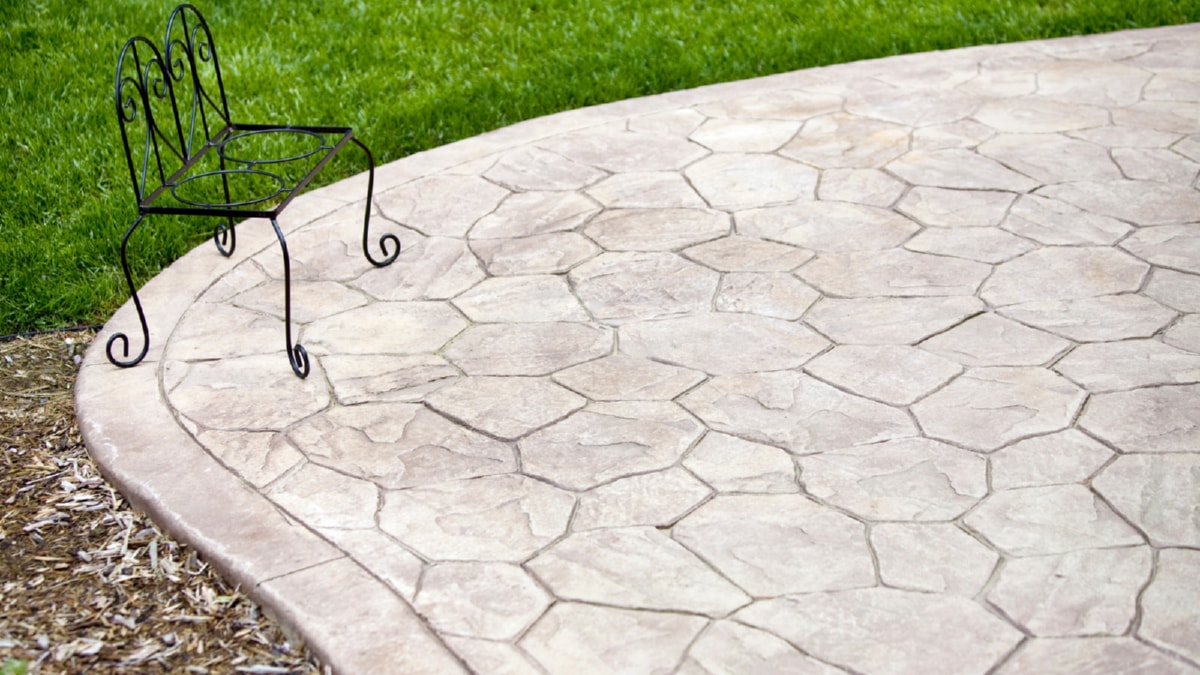Sustainable construction is not just a trend, it’s a necessity for our future. With the increasing depletion of natural resources, the construction industry is facing the challenge of how to create buildings that are not only functional and aesthetically pleasing, but also environmentally friendly. This article presents an overview of the latest trends in sustainable construction that are reshaping the industry.
One of the most significant trends is the use of green materials. These are materials that are renewable, recyclable, and have a low environmental impact. For instance, bamboo, a fast-growing plant that absorbs a high amount of carbon dioxide, is being used as a sustainable alternative to wood. Recycled steel, concrete, and plastic are also gaining popularity. These materials not only reduce waste but also decrease the energy needed for production and transportation.
Another trend is the integration of renewable energy systems into buildings. Solar panels and wind turbines are becoming common features of new constructions. These systems generate electricity from renewable resources, significantly reducing the building’s carbon footprint. Moreover, the excess energy can be stored in batteries or sold back to the grid, providing an additional source of income.
Energy-efficient designs are also at the forefront of sustainable construction trends. These designs minimize energy use by maximizing natural light, improving insulation, and installing energy-efficient appliances. For example, passive solar design uses the sun’s energy for heating and cooling, reducing the need for artificial temperature control. Similarly, green roofs and walls, filled with plants, improve insulation and absorb rainwater, reducing the need for artificial irrigation.
Water conservation is another crucial aspect of sustainable construction. Rainwater harvesting systems, greywater recycling systems, and low-flow fixtures are some of the methods being employed to decrease water usage. These systems not only conserve water but also reduce the pressure on municipal water supplies and decrease water bills.
Sustainable construction is also moving towards smart buildings. These buildings use advanced technologies to monitor and control various aspects of the building’s operation. For instance, smart thermostats and lighting systems can adjust to occupancy and time of day, minimizing energy waste. Moreover, these systems can provide data that can be used to further optimize the building’s performance.
Lastly, there’s a growing trend towards biophilic design. This design approach incorporates elements of nature into the built environment, such as natural light, greenery, and water features. Research shows that biophilic design can improve occupants’ well-being, productivity, and creativity, thus adding another dimension to the benefits of sustainable construction.
In conclusion, sustainable construction is evolving rapidly, driven by the need to reduce our environmental impact and create healthier, more productive spaces. The trends discussed above not only demonstrate the industry’s commitment to sustainability but also highlight the innovative ways in which builders and architects are achieving this goal. As technology continues to advance and our understanding of sustainability deepens, we can expect to see even more exciting developments in this field.
For more details, check best masonry services or visit their business listing here.



